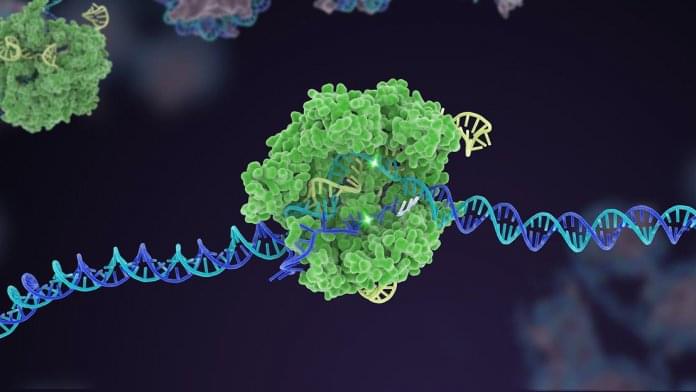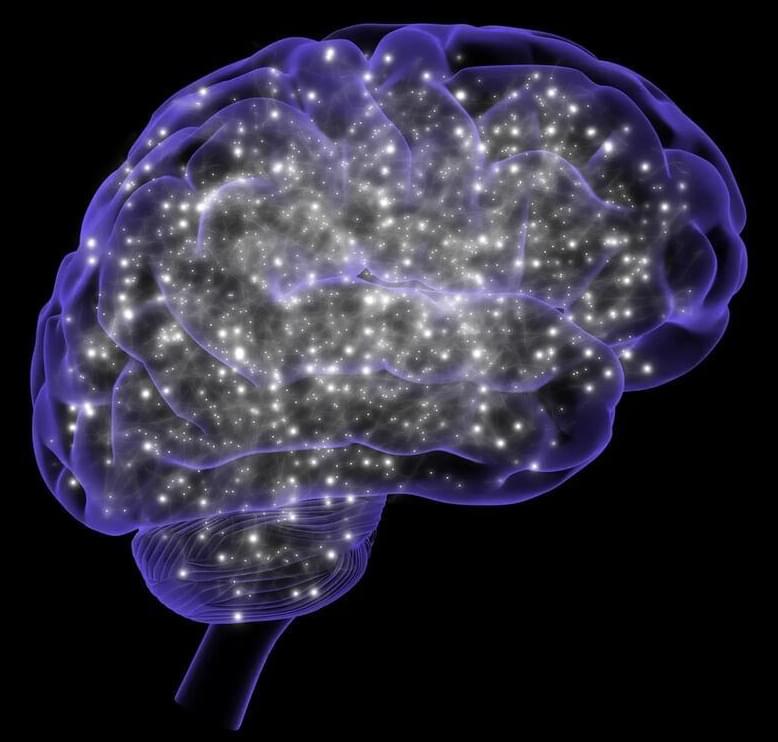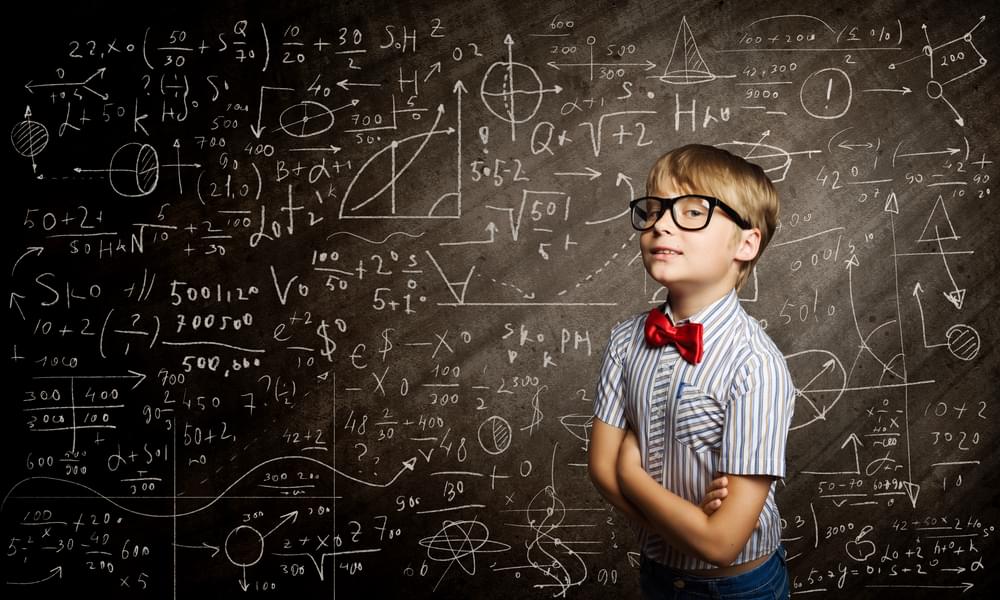You’ve seen the headlines. The FDA approved its use in tackling the underlying genetic mutation for sickle cell disease. Some researchers edited immune cells to fight untreatable blood cancers in children. Others took pig-to-human organ transplants from dream to reality in an attempt to alleviate the shortage of donor organs. Recent work aims to help millions of people with high cholesterol—and potentially bring CRISPR-based gene therapy to the masses—by lowering their chances of heart disease with a single injection.
But to Dr. Jennifer Doudna, who won the Nobel Prize in 2020 for her role in developing CRISPR, we’re just scratching the surface of its potential. Together with graduate student Joy Wang, Doudna laid out a roadmap for the technology’s next decade in an article in Science.
If the 2010s were focused on establishing the CRISPR toolbox and proving its effectiveness, this decade is when the technology reaches its full potential. From CRISPR-based therapies and large-scale screens for disease diagnostics to engineering high-yield crops and nutritious foods, the technology “and its potential impact are still in their early stages,” the authors wrote.








